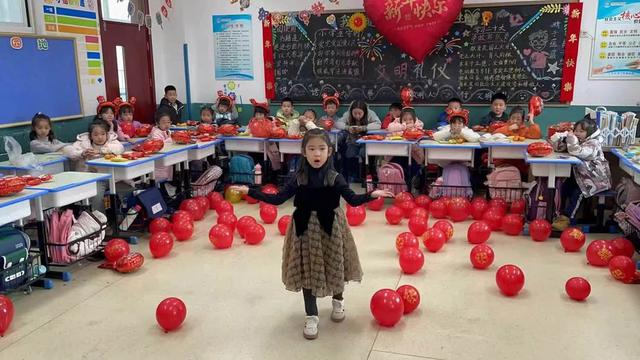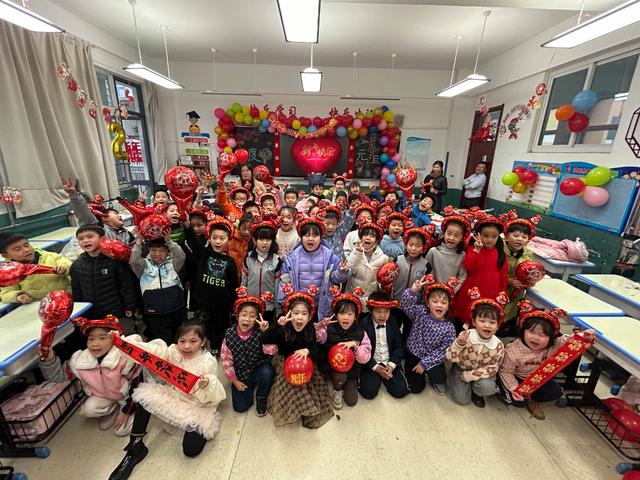Teacher Bai Yansong of CCTV mentioned in a program of talking to young people:
"You like to drink coke today, and it is not excluded. When you reach my age, you will definitely love tea."
This is an old man’s life sentiment about young people.
From coke to tea, it is the same drink. What kind of transformation process is involved?
I believe that only people with stories can understand it.
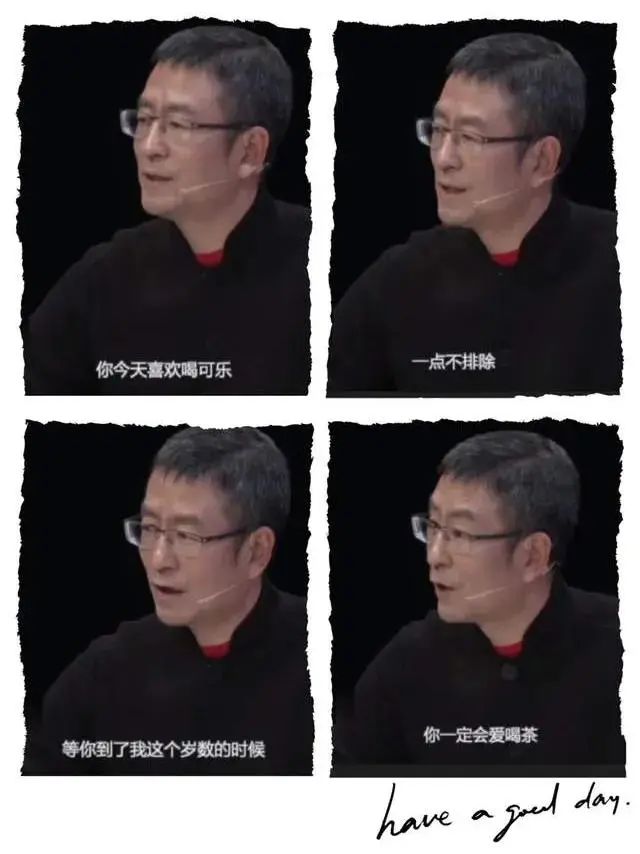
If you also want to experience life from tea.
Then learn to drink tea from today.
A most comprehensive, basic knowledge of tea takes you into the door of the tea world.

Basic knowledge of tea
Classification of tea trees
According to the tree type: shrub type, small tree type and arbor type.

According to leaf type, it is divided into extra-large leaf species, large leaf species, middle leaf species and small leaf species.

Classification of tea: basic tea and processed tea.
Basic tea:
green tea
Green tea features: clear green leaves, good tenderness, bright soup color and exposed bud peak.
Green tea can be divided into stir-fried green tea, sun-dried green tea and steamed green tea according to the deactivation process.
Baked green tea.
On behalf of tea:
Fried green tea: West Lake Longjing, Biluochun, mengding ganlu, Duyun Maojian, Xinyang Maojian, Lushan Yunwu, Anji White Tea, etc.
Sun-dried green tea: Pu ‘er raw tea, Dianqing, Yueqing, Xiangqing, Chuanqing, etc.
Steamed green tea: Enshi Yulu.
Baked green tea: Huangshan Mao Feng, Taiping Monkey Kui, Luan Guapian, Xiazhou Bifeng, Tianshan Green Tea, Huading Yunwu, Gao Qiao Yinfeng, etc.

white tea
Characteristics of white tea: the fragrance is fragrant, the tender leaves are covered with white hairs, and the color is Bai Yin green, which belongs to partially fermented tea.
White tea can be divided according to tree species and freshness of bud leaves.
On behalf of tea:
Tea tree varieties: Dabai, Narcissus White and Xiaobai.
Bud leaf tenderness: Baihao Yinzhen, Bai Mudan, Gongmei, etc.
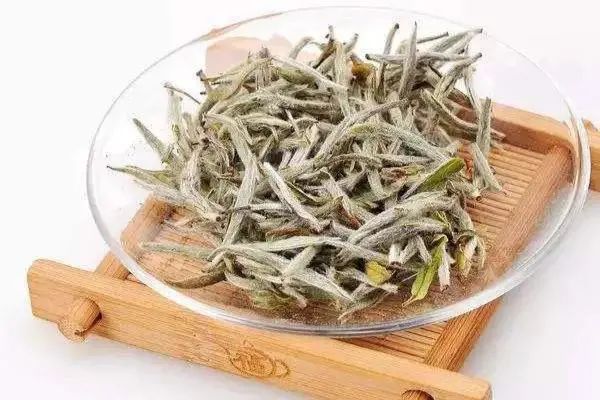
Yellow tea
Characteristics of yellow tea: some fermented tea, similar in technology to green tea, should be stuffy yellow when making. Tea drinking has the characteristics of yellow soup and yellow leaves, with mellow aroma and mellow taste.
Yellow tea can be divided into yellow bud tea, yellow tea and yellow small tea according to the different fresh leaves.
On behalf of tea:
Yellow bud tea: Junshan silver needle, Mengding yellow bud and Mogan yellow bud.
Huangda Tea: Huoshan Yellow Bud, Guangdong Folium Isatidis.
Huangxiaocha: Weishan Maojian Tea, Beigang Maojian Tea, Pingyang Huangtang Tea, Wanxi Huangxiaocha Tea, Hubei Yuanan Luyuan Tea, etc.

Green tea (oolong tea)
Characteristics of green tea: semi-fermented tea, a kind of tea between black tea and green tea. There are both fresh green tea and sweet black tea. The fragrance is rich and lasting, with floral, fruity, vanilla and so on. It is rich in flavor, fragrant in mouth and teeth, mellow and sweet, and has unique variety characteristics.
Green tea is divided into southern Fujian oolong tea, northern Fujian oolong tea, Guangdong oolong tea and Taiwan Province oolong tea.
On behalf of tea:
Minnan Oolong Tea: Anxi Tieguanyin, Hairy Crab, Benshan, Huang Jingui, etc.
Oolong tea in northern Fujian: Wuyi rock tea, cinnamon, water turtle, iron arhat, narcissus and so on.
Guangdong Oolong Tea: Phoenix Dan Cong, White Leaf Single Cong, etc.
Taiwan Province Oolong Tea: Frozen Top Oolong, Four Seasons Spring, Oriental Beauty, Jin Xuan, Jade, Baozhong Tea, etc.

black tea
Characteristics of black tea: fully fermented tea, warm stomach, red soup and red leaves, with unique maltose fragrance and caramel fragrance.
Black tea is divided into red stripe tea and red broken tea according to the process.
Red tea is divided into: small black tea and Kung Fu black tea.
On behalf of tea:
Race black tea: Zhengshan race
Kung Fu Black Tea: Qimen Black Tea, Dianhong, Yihong, Ninghong and Chuanhong.
Red broken tea: Yingde red broken tea, Dadugang red broken tea, Sichuan red broken tea, Hunan red broken tea, etc.
Four major black teas in the world: Qimen Black Tea, Darjeeling Black Tea in India, Sri Lankan Black Tea (Ceylon Black Tea) and Assam Black Tea.
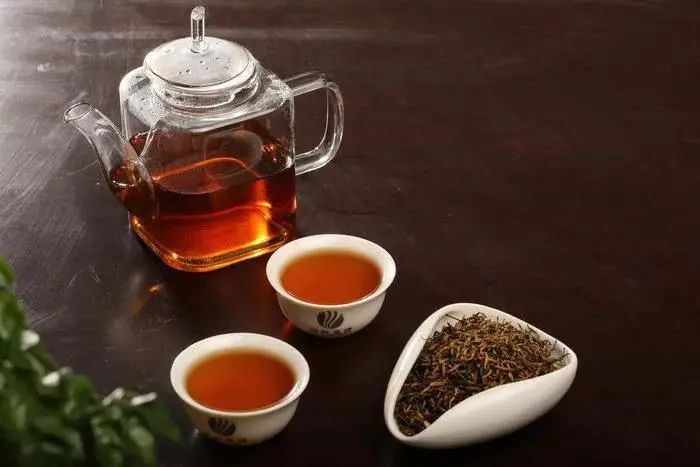
Dark tea
Characteristics of black tea: the leaves are dark and dignified, the fragrance is mellow, and the variety is rich. After being made into pressed tea, it is mainly used by ethnic minorities in border areas.
Black tea can be divided into pressed tea, bulk tea and flower rolls according to the process.
Compressed tea is divided into: Fuzhuan tea, Huazhuan tea, blue brick tea and black brick tea.
Bulk tea is divided into: Tianjian, Gongjian and Shengjian.
Flower rolls are divided into: 12, 100 and 1000.
On behalf of tea:
Pu ‘er cooked tea, Anhua black tea, Shaanxi Fuzhuan, Guangxi Liubao tea, etc.

Processed tea:
Scented tea, extracted tea, fruity tea, tea beverage.

Six basic teas: according to the degree of fermentation.
Green tea (not fermented)
White tea (micro-fermentation)
Yellow tea (light fermentation)
Green tea (oolong tea, semi-fermented)
Black tea (fully fermented)
Black tea (complete fermentation, post-fermentation)

The higher the degree of fermentation, the milder the tea. For example, black tea and black tea are suitable for people with a bad stomach.
Non-fermented or lightly fermented tea is slightly cold. For example, green tea and yellow tea are suitable for reducing fire and drying, and people with weak spleen and stomach should be moderate.
Four major tea areas in China
Jiangnan tea area: located in the middle and lower reaches of the Yangtze River, including Zhejiang, Hunan, Jiangxi, southern Anhui, southern Jiangsu and southern Hubei. It is the main tea producing area in China. The annual output accounts for 2/3 of the country.
South China Tea Area: Located in the south of China, including Guangdong, Guangxi, Fujian, Taiwan Province and Hainan.
Southwest tea area: located in the southwest of China, including Yunnan, Guizhou, Sichuan, Chongqing and other provinces and cities as well as southeast Tibet. It is the oldest tea area in China.
Jiangbei tea area: located in the north bank of the middle and lower reaches of the Yangtze River, including Henan, Shaanxi, Gansu and Shandong, as well as northern Anhui, northern Jiangsu and northern Hubei.
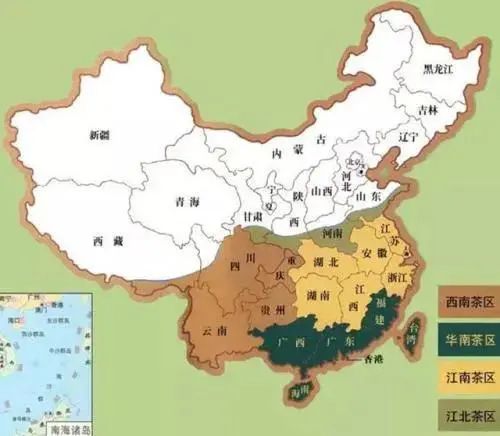
Appliances needed for brewing all kinds of tea
According to different kinds of tea, it is necessary to choose suitable instruments for brewing in order to give full play to the taste, aroma and soup color of tea.
green tea
Applicable to tea ware: glass, bowl cover.
Attention: it is not suitable for stuffy bubble, which will affect the fragrance of tea.
Yellow tea
Applicable to tea ware: glass, bowl cover.
Attention: it is not suitable for stuffy bubble, which will affect the fragrance of tea.
white tea
Applicable to tea ware: teacups and bowls.
Green tea (oolong tea)
Applicable to tea ware: teacups, covered bowls, teapots and teapot.
Attention: Try to use fair mug as much as possible, and the time and quantity of tea brewing determine the taste of tea soup. It is not easy to soak tea for a long time, and the bitterness will be aggravated when the quality of tea is poor.
black tea
Applicable to tea ware: teacups, covered bowls, teapots and teapot.
Attention should be paid to: fair mug will be made when the soup is served quickly after making tea, and the taste will be better and it will not be frowsty for a long time.
Dark tea
Applicable to tea ware: tea cups, covered bowls, teapots, teapot, tea maker.
It should be noted that black tea is the tea with the highest degree of fermentation, which is very resistant to foam and has a thick taste. The first few bubbles can quickly serve soup to fair mug, and you can cook and drink it later.
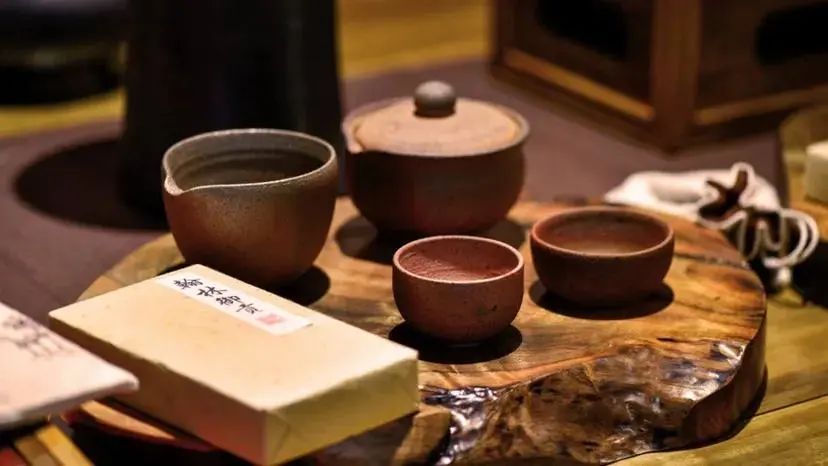
Storage of various teas
Three principles of tea storage: drying, avoiding light and sealing.
Green tea and yellow tea: sealed and refrigerated in refrigerator.
White tea and green tea (oolong tea): sealed at room temperature, stored in the refrigerator without drinking for a long time.
Black tea: stored at room temperature, pay attention to moisture.
Black tea: stored at room temperature, cool and ventilated, avoiding sun exposure.

The concept of tea culture:
Broadly speaking, it refers to the sum total of tea material and spiritual wealth in the whole development process of tea.
Narrow sense: refers specifically to the "spiritual wealth" part, which is to study the cultural and social phenomena produced in the process of tea being applied by human beings.
Tea culture has: natural attributes and social attributes.
Natural attributes: the tea product itself, the function of tea.
Social attribute: people’s use of tea and their spiritual sustenance. Material, spiritual, plastic, psychological and behavioral phenomena. )

Defining tea from botanical characteristics;
Tea leaves have obvious main veins, the edges of the leaves are serrated, the veins are reticulate and not top, and the back is hairy.
The difference between tea and common leaves;
The fundamental difference between whether it is a tea tree or not lies in whether the plant contains tea polyphenols.
For example, Huaguo Tea, Rose Tea and yerba mate are similar to tea. The fundamental reason is that there are no tea polyphenols in it.
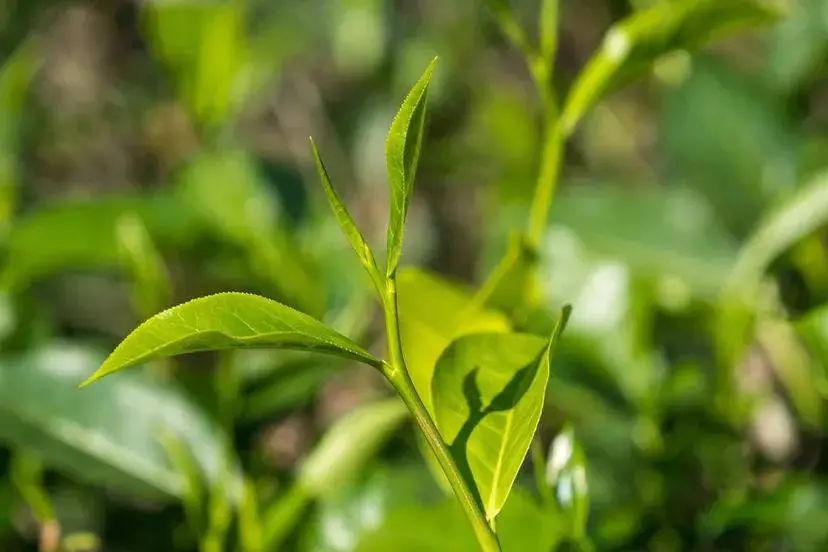
Main components contained in tea:
Tea polyphenols, tea polysaccharides, theanine, alkaloids, etc.

A leaf fell into the water and changed the taste of the water. Since then, there has been tea.
Tea is the dual enjoyment of material and spirit discovered by human beings. The development history of small leaves also records the development history of the whole mankind.
Let’s carry forward the tea culture in China together. This is an important symbol in the history of Chinese civilization.

I learned a lot about the basics of tea today, leaving a small question.
Pu ‘er tea which we often drink is one of the six major teas? Welcome to see your message in the comments section.
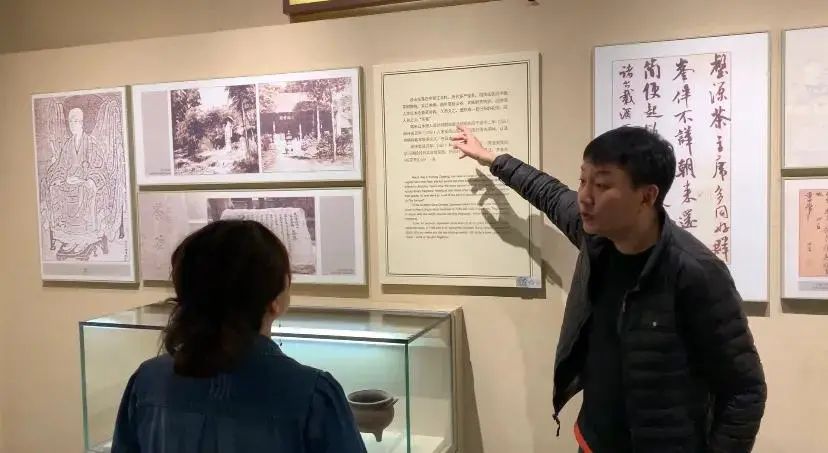
I’m Jiazi, and I love tea. Volunteer at the China Tea Museum on weekends to promote tea culture in China. If you also love tea, welcome to exchange and learn together.
Source | Jia Zi seeks tea.
Original title: "The most complete knowledge of tea in China, the necessary suggestions for learning tea, an article to take you to know about tea. 》























